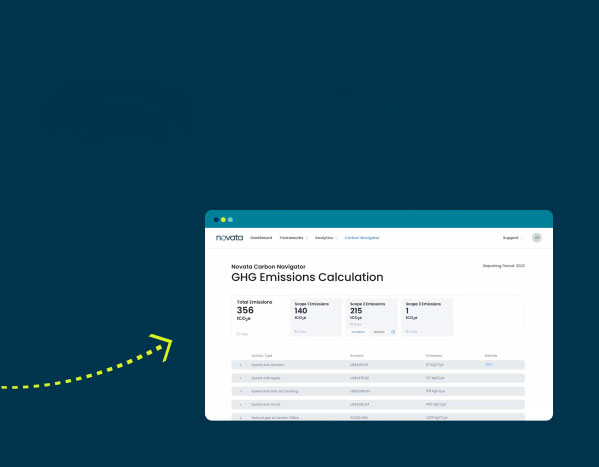The road to understanding and complying with the Sustainable Finance Disclosure Regulation (SFDR) can be daunting. Reflecting on a year of SFDR reporting, the Novata team talked with existing clients that leveraged Novata’s platform and expertise during the reporting process. While it might seem like a herculean task, with the right approach and tools, navigating the SFDR can be manageable and actually rewarding. Below are insights on the SFDR reporting process from the journey of a few of our clients.
The Bare Minimum: Sustainable Finance Disclosure Regulation
When firms first embark on this journey, they want to know the essentials. What are the minimum SFDR reporting requirements needed to get this off the ground? After speaking with firms that worked with Novata, here’s what we learned:
- SFDR Readiness: Think of this as your preparation phase. Just like you’d plan for a significant project or presentation, understanding the SFDR’s core requirements and nuances is fundamental. Is your fund going to be Article 8 or Article 9? What do your LPs require, and what is the target of the fund? These fundamental questions may seem trivial but are the backbone for disclosure.
- Gap Analysis: Before diving in, you need to know where you stand in terms of ESG data and reporting standards. Identify what you already have in place and where gaps exist in your processes and procedures. Have you collected ESG data from portfolio companies before? Do you need to connect with them to discuss their own reporting capacities?
- Data Collection: This is foundational to SFDR reporting. Here’s what is most important to focus on:
- Underlying Data vs. Proxy Data: You must differentiate between direct data that you’ve collected from portfolio companies and proxy data (estimates or replacements for unavailable data).
- Mapping Principal Adverse Impact (PAI) indicators to Novata Benchmarks: PAI indicators can be complex. Mapping PAIs to Novata’s benchmarks helps create a consistent frame of reference, making it easier to report and track against industry standards.
- PAI Aggregation: Combine and present PAIs in a way that’s both compliant with SFDR requirements and understandable for stakeholders.
- Disclosures: This is where most people get confused. There are so many names for the types of disclosures, it is hard to identify what to actually report on. We’ve outlined all of those disclosures below:
- Entity vs. Product Level:
- Entity-level (firm-level): This applies to any financial market participant (FMP), within or outside the EU, that markets to or manages products in the EU. These disclosures must be published on the firm’s website. They mainly include policies, sustainability risk integration, and a PAI statement if applicable.
- Product-level (fund-level): This covers products marketed or managed for the EU, including alternative investment funds (AIFs) and portfolios managed by institutions. These are found in pre-contractual documents (like prospectuses) and periodic disclosures. Also need to be present on the website.
- The Types of Disclosures:
- Pre-Contractual: Offers details about product ambitions, evaluated later in periodic disclosures. Follow the template in Annex II or III of the Delegated Regulation based on product type (Article 8 or 9).
- Website: While there’s no strict template, there are guidelines. Essential disclosures include the product’s environmental/social goals, investment strategy, and methodology, among other details.
- PAI Statement: Published annually and discloses any negative sustainability impacts, both qualitative and quantitative. Firms with over 500 employees have mandatory PAIs, while smaller firms either comply or provide an explanation. This data requires quarterly collection from investee companies to calculate an annual average.
- Periodic Disclosures: Shows how the product has performed compared to the pre-contractual ambitions. Ideal for spotlighting achievements and showing adherence to set objectives.
- Entity vs. Product Level:
SFDR Reporting Reflections from Novata Clients
Navigating the complexities of SFDR seemed overwhelming at first. However, breaking it down step by step, leveraging Novata’s expertise, and understanding the essence of each requirement made the process more straightforward.
Beyond ensuring compliance, understanding and showcasing a commitment to sustainable investment is important. There will be challenges, especially in gathering high-quality data and making sense of it. Yet, with every challenge came an opportunity to reflect, improve, and ultimately present a clear picture of ESG efforts.
In hindsight, clients wish they had known the simplicity behind the complexity of SFDR. All it took was the right guidance, a structured approach, and a commitment to transparency. For those embarking on this journey, know that it’s a rewarding one. Not just for compliance, but for the clarity and purpose it brings to your investment strategy.
To learn more about the SFDR and streamlining reporting processes, read Novata’s guide “SFDR Simplified: A Guide for Private Market Investors.”






